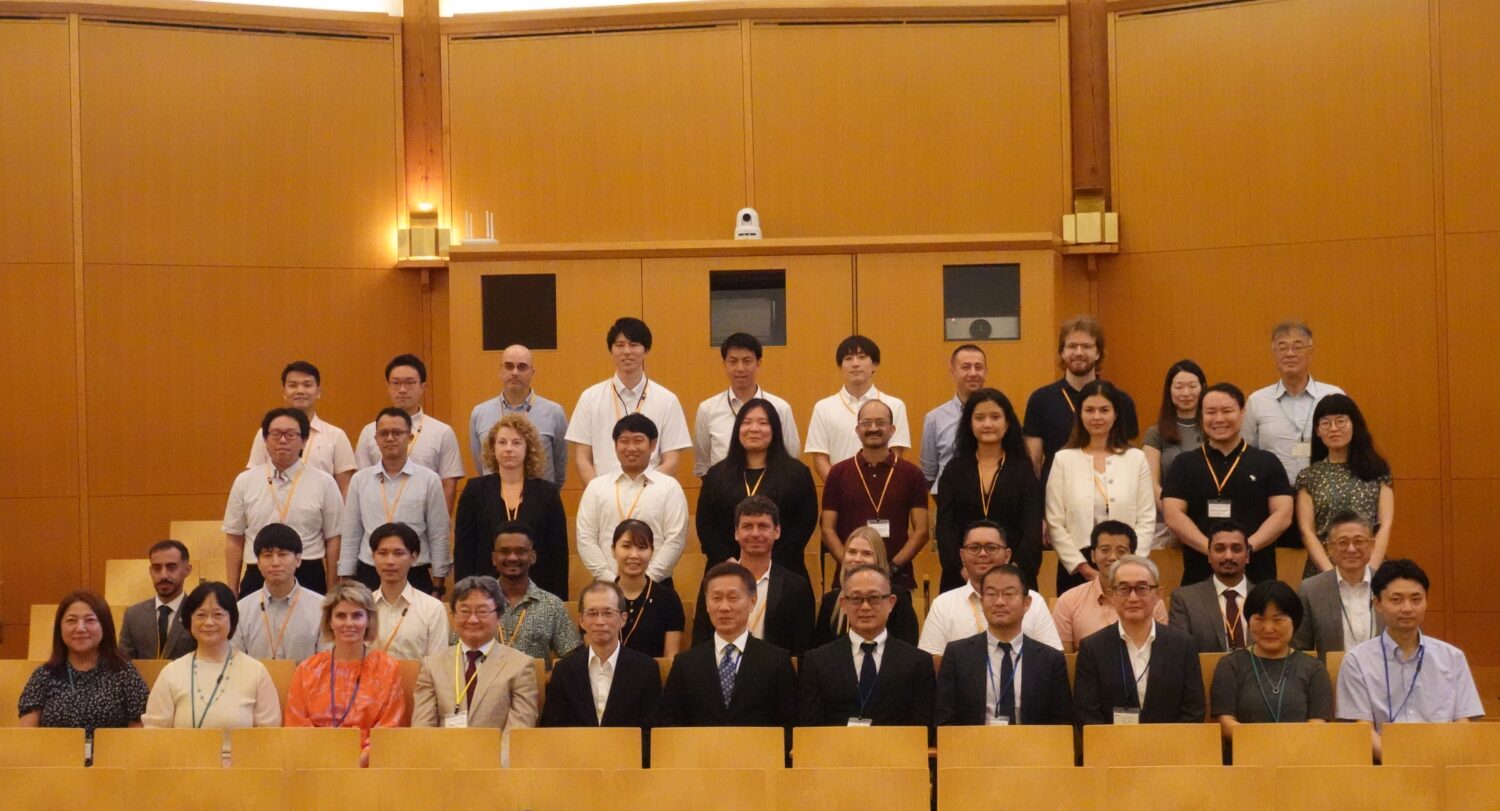The government’s Strategic Energy Plan, assuming thorough energy conservation efforts and the maximum introduction of renewable energies, has stipulated the following power-source composition for total generated electricity by 2030: 56% for thermal power (LNG 27%, coal 26%, oil 3%), 20% to 22% for nuclear, and 22% to 24% for renewable energy sources. The government will develop a legal framework to support the plan’s realization.
The plan was presented before the Advisory Committee for Natural Resources and Energy’s Subcommittee on Electricity Basic Policy, which is addressing system designs related to full retail competition, which will come into effect for power companies next April. The pertinent law—dealing with “sophisticated methods of energy supply structures”—will then be reviewed to promote the greater use of non-fossil fuel energy sources.
As several power producers and suppliers (PPSs) newly entering the power market rely so much on thermal power that they would not be able to achieve the target alone, the government will let them calculate their percentages in combination with other companies.
The current standards, adopted in FY10 (April 2010 to March 2011), before the huge earthquake of March 11, 2011, had assumed that the ratio of nuclear power would be increased. At that time, the government had requested the power utilities to set their combined minimum ratio of nuclear power and renewables at 50% by FY20.










